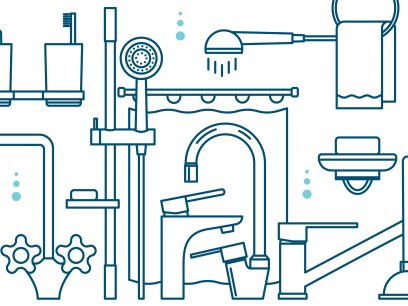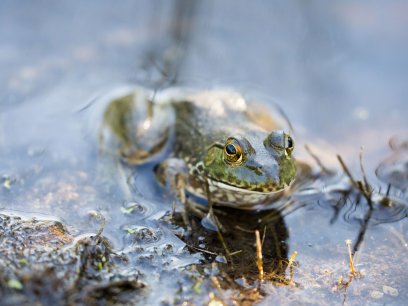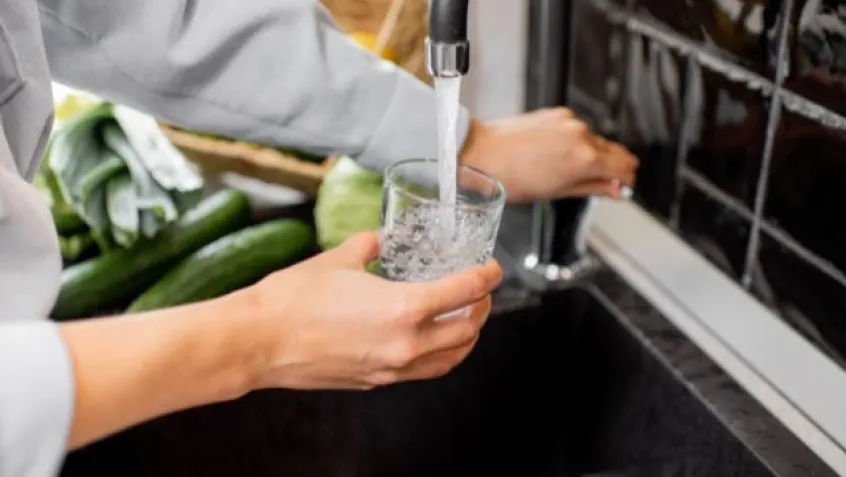
According to the Centers for Disease Control and Prevention (CDC), an estimated 145 million Americans get their tap water from a groundwater source. National Groundwater Awareness Week will be observed March 9-15, 2025, as a reminder of how important groundwater is to our health and environment.
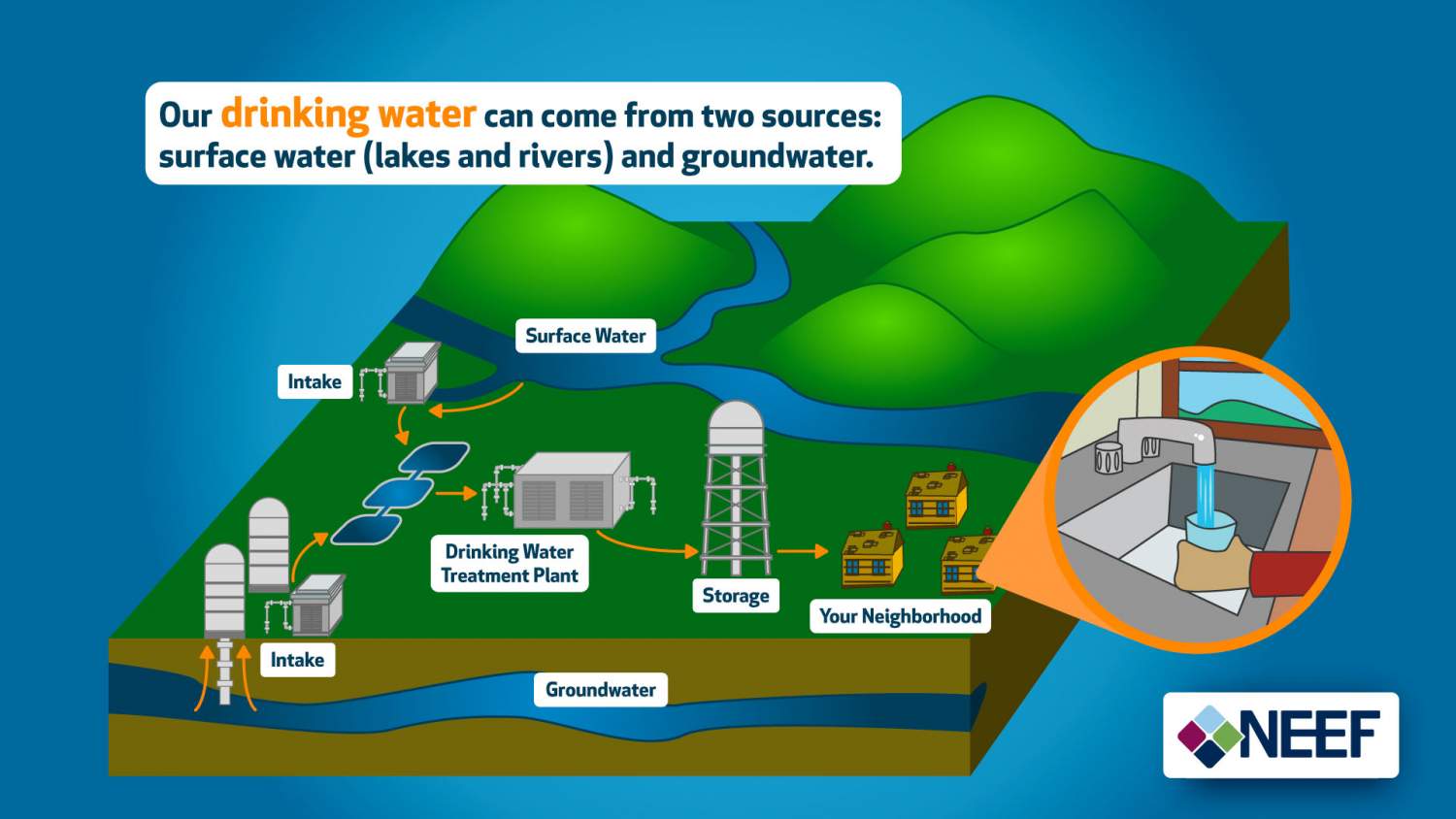
Groundwater is found below the earth's surface in spaces between rock and soil. It is an important source of water for both public water systems and private wells.
One-third of all Americans get their drinking water from public water systems that use groundwater and are regulated by the US Environmental Protection Agency (EPA). If you have a public water supply, a local government agency or private industry delivers water to your home. You can find out more about your local drinking water quality and possible contaminants by viewing your local Consumer Confidence Report (CCR), which most utility companies are required to provide to customers.
Another 43 million people in the US get their water from private groundwater wells, which are not subject to EPA regulations. Private wells can provide safe, clean water. But if you have a well, you should take steps to protect it from contaminants and test your water annually.
Because drinking water comes from natural sources, it can be exposed to pollutants. Anything on the ground or in the air can end up in the water. Some pollutants, like iron or chloride, only cause bad odors or tastes. Others—like bacteria, lead, and nitrates—can cause health problems.
How Does Groundwater Get Polluted?
There are many ways that water sources can become polluted. While some groundwater contaminants are naturally occurring, the majority of groundwater contamination is the result of human activity.
Drinking contaminated groundwater can have serious health effects, including diseases like hepatitis and dysentery to certain types of cancers, depending on the specific pollutant. Below are a few examples of ways that groundwater can become unsafe.
- Overuse: Groundwater depletion can make it harder for you to get water, especially if the groundwater is reduced to the point that your well no longer reaches it. If the overdrawing is severe enough, the water may become contaminated with salt water, making it unsuitable for many residential uses.
- Wildfire: After a wildfire, private wells can become contaminated due to the chemicals that are released after a fire burns through wood, grass, plastics, and other building materials.
- Flooding: Flood waters often carry hazardous and toxic materials like raw sewage, oil, or pesticides. If those substances enter a well, they can make the well water unsafe to drink for a long time after the flood waters have receded.
- Nitrates: Runoff from fertilizers is the most common source of nitrates. While harmless in small amounts, high levels of nitrates can be dangerous for pregnant women and infants. To understand the extent of nitrate presence in your state, check out the EPA's chart on estimated nitrate concentrations in groundwater used for drinking across different states
- PFAS: Per- and polyfluoroalkyl substances (PFAS) are a large group of human-made, environmentally persistent organic compounds with properties that make many of them toxic to the environment. These common chemicals can migrate into large groundwater aquifers.
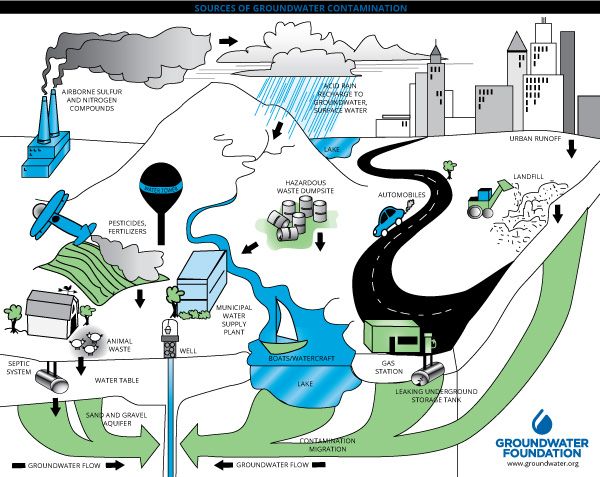
Infographic showing several common sources of groundwater contamination.
Additional Threats to Groundwater in the US
Saltwater Intrusion
Groundwater in coastal regions of the US is particularly at risk due to a combination of changes in precipitation, withdrawal rates, and sea level rise. Along the coast, groundwater and saltwater from the ocean are naturally separated by the seaward movement of groundwater and a transition zone where freshwater and saltwater mix.
When the sea level goes up near the coast, saltwater can start to cover the land. This is called saltwater intrusion. It happens when big waves or very high tides wash over low land. It also happens when saltwater gets into the underground water, making it rise up from underground.
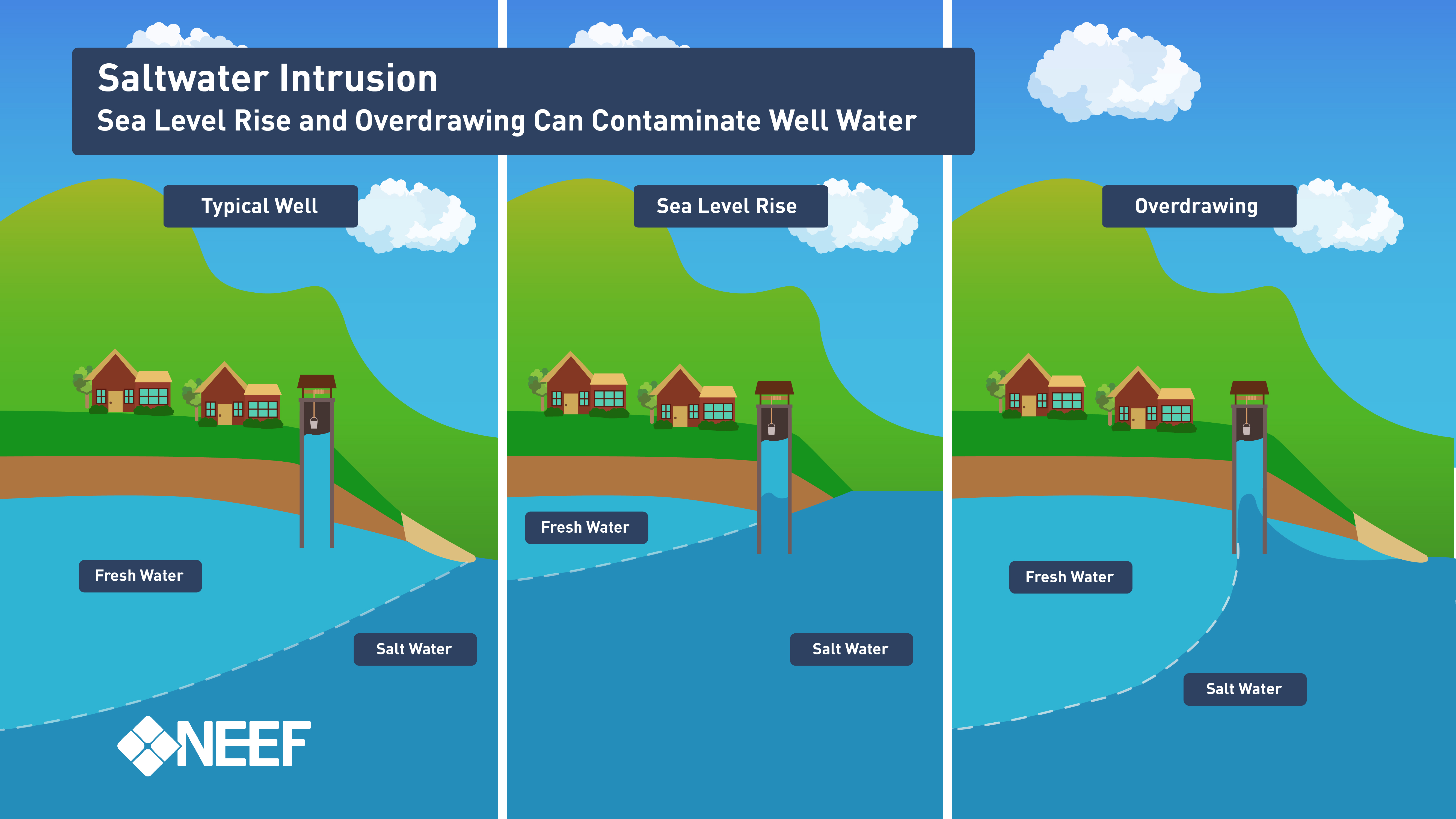
Infographic illustrating how saltwater can contaminate groundwater resources.
As changes in precipitation continue and sea levels rise, the occurrence of saltwater infiltrating groundwater resources may increase, reducing the availability of fresh water for coastal communities.
For example, the Biscayne Aquifer at the southern tip of Florida is an important water supply for the lower east coast Florida cities. As the sea level rises, the amount of saltwater infiltrating the aquifer will increase, which could make the water too salty for human consumption.
Depletion of Groundwater in Major US Regional Aquifers
In major agricultural areas like California’s Central Valley, groundwater provides two–thirds or more of irrigation water during periods of drought. However, excessive groundwater pumping and overreliance on these aquifers has led to falling water tables, drying wells, subsiding land, and the long-term disappearance of water sources. Using nearly twenty years of observations from NASA’s GRACE satellite missions, researchers have shown the depletion rate in the area has accelerated sharply since 2003.
Research has confirmed that aquifers across the US are also in decline. In states like California and Arizona, groundwater sources exceeded their lowest levels since records began 20 years ago. Overall, data shows that each year since 1940, there have been more wells showing decreasing water levels than those with increasing levels.
Groundwater Recharge
The groundwater problem is multiplied through droughts caused by climate change. Increasing droughts disrupt ecosystems, affect our ability to provide enough water during future droughts, and inhibit groundwater recharge.
Groundwater can also be depleted when natural vegetation in communities is replaced with impervious surfaces like streets, parking lots, and rooftops. When a storm event occurs, water falls on these hard surfaces and is carried away into city storm drains or bodies of water as stormwater runoff instead of infiltrating the ground.
Robert Goo with EPA’s Office of Water explains stormwater and its impact on communities.
Groundwater recharge is a complex issue, but there are ways you can help conserve this important resource. Consider installing green infrastructure like rain gardens, planter boxes, and permeable pavement on your property. Green infrastructure approaches use vegetation, soil, and other elements to restore groundwater recharge rates by allowing stormwater to soak into the ground and replenish local aquifers.
If you are thinking about installing green infrastructure, contact your local water utility and/or state drinking water agency to check for incentives and local requirements.
Protect Your Home's Water
If you have a well, you should perform a periodic inspection to ensure it is operating properly and protect your health.
Contact your local health department to find a certified laboratory near you and to find out what substances may be common in your area's groundwater.
In addition to testing, be sure you aren't making common water quality mistakes:
- Keep hazardous chemicals far away from your well
- Always maintain proper separation between your well and buildings, waste systems, or chemical storage areas
- Don't over-fertilize your lawn to prevent nutrient runoff
Learn More About Your Groundwater
Celebrate National Groundwater Awareness Week by learning about the many ways we rely on groundwater every day—and the importance of keeping it safe and clean for our health.
- WellOwner.org: This website from the National Ground Water Association and the Rural Community Assistance Partnership offers private well owners tip sheets on water well maintenance and assistance with finding certified local water well contractors in their area.
- The Water We Drink: This Penn State resource written for grades 6-12 introduces public and private water systems and includes an activity on how to read a water quality test report.
- NEEF Water Quality Backyard Activity Guide: Use this activity guide at school or at home to learn more and explore the topic of water quality with interactive activities.
- Learn more about potential sources of groundwater contamination from the Groundwater Foundation. The EPA's Safe Drinking Water Standards also detail the maximum amount considered safe for up to 90 different chemicals in drinking water.
- Check out EPA's WaterSense Program for simple measures you can take to conserve water at home—many of these actions can save you money!
